SaaS Translation Is Essential for Global Expansion
CLEAR WORDS
TRANSLATIONS
All News
July 17, 2020 |
SaaS Translation Is Essential for Global Expansion
The global SaaS space is becoming more competitive every year, as more providers are ready to go global. Companies in the industry recognize the importance of SaaS translation in creating products for international users. That’s because they understand that users prefer software in their mother tongue.
If you want to prepare your SaaS product for the global market, you’ll need to adapt your product so that more users can feel comfortable working with it. Otherwise, your unique value proposition may go unnoticed and your SaaS company will miss out on business opportunities. Translation services can help you adjust your platform or app to make it accessible to a larger number of users, regardless of the language they speak.
Having a product that is available in multiple languages can give you a strategic advantage when targeting multinational clients. That’s because you deliver a product that end-users can learn fast, without the stress of having to go through training in foreign languages. SaaS translation benefits your company and your clients in multiple ways and can have a significant impact on your overall global strategy.
When You Need SaaS Translation
As a general rule, you know it’s time to consider SaaS translation when you register a growing number of international clients. Usually, these users start contacting you and asking about any plans of launching translated versions of your product.
Obviously, two emails aren’t enough to start a SaaS translation project. You’ll still need to do market research and analyze the implications of investing in SaaS translation.
One scenario in which translating your SaaS product becomes essential, for example, is when you want to land multinational corporate clients. In this case, you’ll need to have a product that is available in multiple languages so that your client can use it everywhere without having to worry about language barriers.
Multiple Languages Improve User Experience
SaaS business models need to continuously improve the user experience to convince people to use specific products. Since end-users don’t buy software anymore, they can switch to a different provider quickly. The only way to secure business is to continue to improve your SaaS product to increase customer satisfaction.
User experience is an essential factor for securing adoption among new users. And languages play a crucial role in how users feel about a SaaS product.
SaaS translation helps you to attract more clients and gain more users. When you make your product available in more languages, you improve the customer experience in multiple ways:
- You make it easy for people to navigate around your platform and use the software or app.
- You streamline communication by making in-app announcements easy to read and understand by any user.
- You simplify the learning curve by providing FAQ pages, training, and tutorials in languages that all users are comfortable using.
- You can encourage users to adopt new features by presenting the benefits in clear messages.
- You offer a highly-personalized experience, as users get to work in the languages of their choice instead of being forced to work in their second or third language.
Having tools available and getting access to training for using those tools in native languages makes people work better. They feel more secure about their skills, as they have a full understanding of how the software works and how their input impacts operations.
Many multinational businesses search for SaaS providers that can deliver products in multiple languages. This way, companies provide all employees with an excellent user experience–which is vital when they need to make sure everyone’s on board with the new tool.
Multilingual SaaS Products Increase Productivity
For multinational companies, providing employees with multilingual tools is a cost-effective way of streamlining business operations and keeping all people on the same page.
As much as 84 percent of employees agree that productivity increases when managers communicate with workers in native languages. And it’s the same when people have to use software to complete tasks as part of their daily activities.
Of course, exceptions to the rule can occur, especially when a SaaS product serves people with excellent language and literacy skills. However, if you’re selling a product that solves problems in business areas where average users struggle to speak foreign languages, SaaS translation is the most effective way to guarantee adoption and increased productivity.
Single language policy can create misunderstandings and generate high costs for your clients. If your SaaS product causes more problems than it solves, your partners will start looking somewhere else for solutions that meet the needs of their employees.
Multi-language support increases user engagement, which is what your clients need to benefit from your product. SaaS translation helps you gain a competitive advantage that can attract more clients and convince them to stick with your product in the long run.
SaaS Translation Makes SaaS Products Global
Once you start creating local versions of your SaaS product, you’ll have a global product to curate and promote. This means that every time you launch a new feature or make an update, the modifications need to be translated and adapted to fit every version of your platform, app, of software.
Moreover, as building a global product generates a series of changes, you need to plan SaaS translation in line with your growth strategy. Think about what markets to target and how many languages you want to translate into right from the start.
As you add more languages, you should expect the number of users to grow and you’ll need to upscale accordingly. So, before translating, make sure that the platform can support exponential growth without sacrificing other business areas, such as product development, marketing, or customer service.










